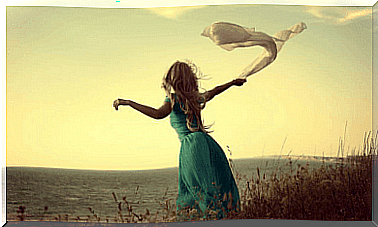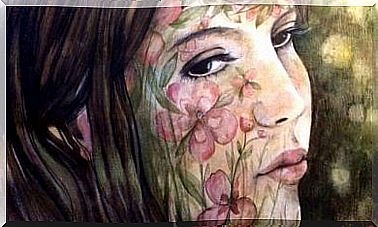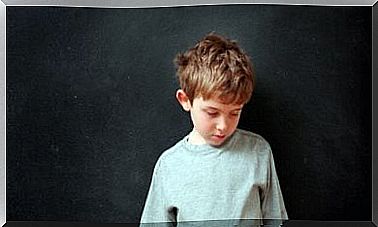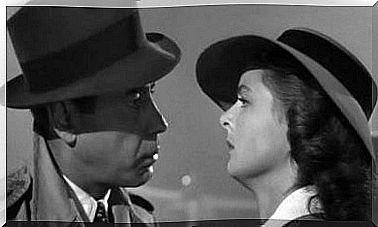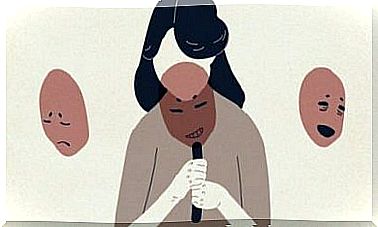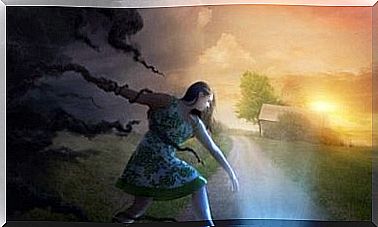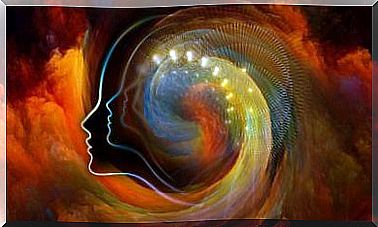The Hero’s Journey And The Archetypes Of Migration
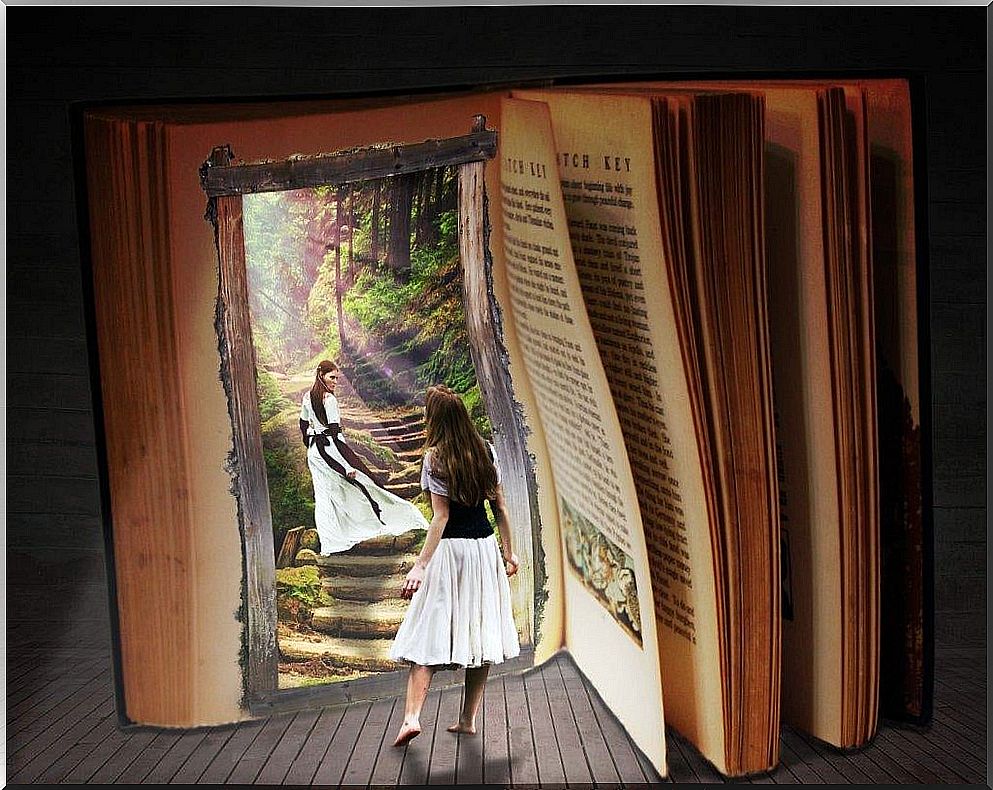
The founder of analytical psychology, the Swiss psychiatrist Carl Jung, suggested that we can see mythical tales of journeys about new beginnings, such as those of Marco Polo, Ulysses or Hercules as a symbolic expression of a mental transformation that all people must go through. during their lifetime. Jung called this process the hero’s journey , or the process of individualization.
The hero’s or heroine’s journey often begins with the call or necessity to leave the known world. It is a lure that will reveal the hero’s true life and capabilities.
In mythology , heroes arise during unstable times, such as when social norms collapse or during political or religious crises. In the same way, we can feel that we are stuck in our personal life, which makes us feel anxious. At that point, life can force us to undergo a process of change.
The hero’s journey is a symbolic journey, you can do it without moving physically. Life can send you on a journey by finding a new job or a scholarship. Life can give you the opportunity to progress financially, socially or educationally.
treasure hunting
The hero’s journey is mythologically depicted as a quest for treasure, the promised land, the philosopher’s stone, the holy grail, or the marriage between a prince and a princess. Every person has an ideal or object that he is looking for. But more often than not, the traveler finds treasures he never dreamed of.
Sometimes before the start of the journey, the hero gets into a certain situation (perhaps through people, books, movies). A situation that little by little helps him to choose his final destination. For Jung, these coincidences were synchronicities.
He regarded them as an expression of the existing relationship between the physical world and the mental world.
This journey usually results in a figurative rebirth. We have now developed new courage and humility by overcoming obstacles along the way. The hero’s journey is a process consisting of leaving behind certain stages of life to be reborn in others.
We can understand moving from one phase to another as moving from one archetype to another.
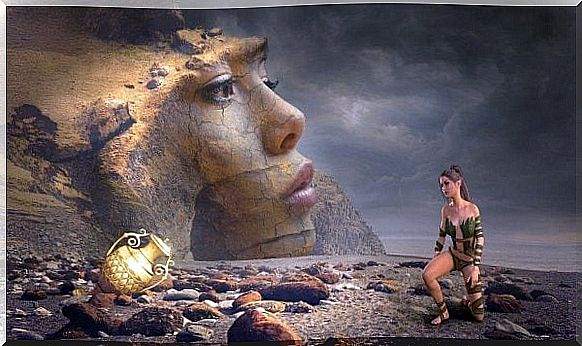
Archetypes or the stages in the hero’s journey
Archetypes are characters in myths who go through typical human situations. The experiences are necessary for the hero to continue their journey to the final goal.
A person on a migratory journey can go through these four archetypes or stages:
The Innocent Archetype
This stage refers to the security and familiarity from which we begin. It is an environment that at some point becomes too small and stifling, forcing us to begin our transformative journey.
Here we also find idealized expectations of ourselves or the purpose of our journey. Perhaps we assume that our language skills are better than what we discover later. Maybe we believe in the fantasy that something or someone will take care of us. Or maybe we believe that the job we need will come out of the blue.
This is a period of illusions. They are stories we tell ourselves about how things would be if we pursue our dreams. If we knew what it would really be like during the journey, it would be much harder to motivate ourselves to take the first step.
This stage is also similar to a honeymoon. We fall in love with the place we travel to.
When we finally confront the concrete reality of what it takes to reach the end of our journey, the curtain that kept us from seeing negativity falls down.
From here we move on to the next archetype, the orphan, in which much of what we imagined during the innocent phase disappears.

The orphan archetype
At some point during the journey, we may be forced to do things we never imagined. We have to deal with people and habits that surprise us. Here arises a kind of fall, a descent that the Greeks called katabasis.
For a foreigner, a new culture can be like a disorienting maze. Our firm beliefs may be shaken. We may begin to doubt many things that we once considered normal.
It is a stage of desire. A feeling that what we do may not matter. At this stage, we usually idealize our memories of where we came from. It is very tempting at this point to give up our journey.
There is also another important part: if we are in a foreign country (physical or symbolic), the people there have never seen us before. This gives us flexibility in our identity. It gives us the chance to explore new facets of ourselves and feed on the change.
We can feel very insecure during this phase, almost like jumping into a bottomless pit. Sometimes we have moments when we feel completely lost. But this is exactly the kind of primordial chaos that encourages new attitudes and principles.
The Warrior Archetype
After a journey through feelings of helplessness, the warrior archetype emerges from the dark night of the soul. This gives us the energy to get up after the fall. It encourages us to find the strength our new context requires and gives us back our hope.
Little by little, with perseverance, patience and help, we leave the maze. Our new environment will become a home where we will use our newly acquired skills.
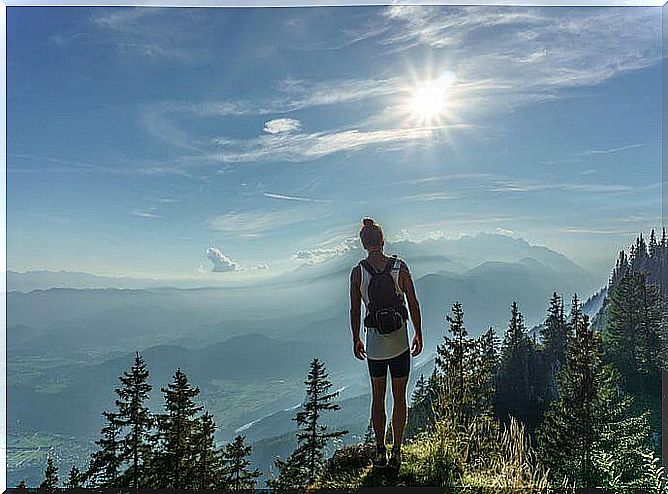
The Magician Archetype
Finally, we have the archetype of the magician. This is the stage where we come to understand the journey we have been on. It gives us the wisdom to be thankful for both the good and the bad times we went through, because they helped us find the treasure.
The treasure translates into a better understanding of ourselves and humanity, a better knowledge of our own complexities, weaknesses and capabilities. The path we took also gave us the opportunity to see how flexible our identity is and taught us to coexist with the uncertainty and trials of life.
The Symbolic Homeland: The End of the Hero’s Journey
After this transformation process, we sometimes feel strange when we come back to where we started. It is as if everything is ‘frozen in time’, while we have changed.
This sense of alienation is also a reason and an incentive for us to keep looking for our spiritual homeland. A symbolic homeland consisting of a never-ending realization of ourselves and our possibilities.
We can then see that being a migrant, being a foreigner, is just an intense version of a typical human feeling : unfulfilled desire. These are feelings that motivate us to look within and rediscover ourselves.
Great artists and philosophers gave us masterpieces that they created out of this sense of strangeness. For us, the hero’s journey is an opportunity to become more aware of the need to pursue the goal of our own lives, which is to have a dignified, deep and enriching life.
This quest, both fortunately and unfortunately, is endless. There is no place on earth that can fully satisfy this.
